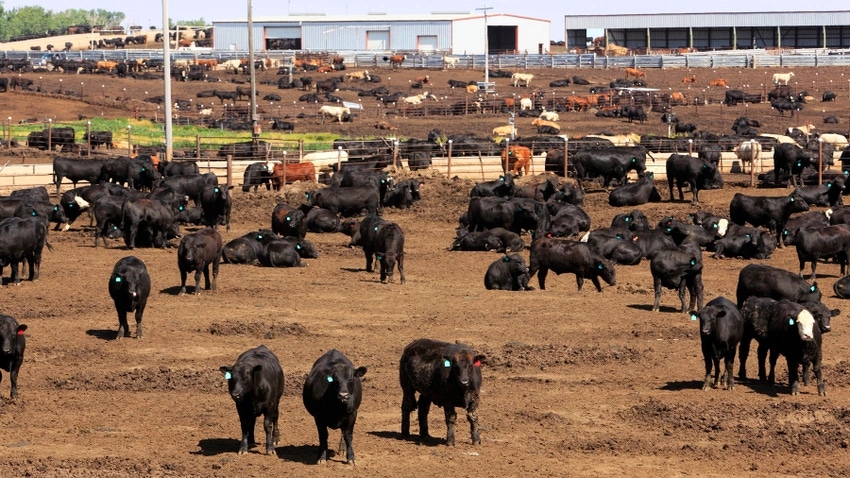
Cattle prices are advancing for all classes of cattle. Prices for Oklahoma feeder steers (under 700 pounds) and heifers (under 650 pounds) have increased 12-20 % since the end of 2022. Bigger steers and heifer prices have increased five to eight percent, still weighed down by high corn prices. Fed cattle prices at the end of March are up about 6 percent from December 2022.
Prices for Boning slaughter cows in Oklahoma are up almost 39 percent from December and were $98.24/cwt. at the end of March for average dressing cows. Average dressing Breaking cows were $104.74/cwt. and average dressing Lean cows were $92.69/cwt. at the end of March.
Cow values
Bred cow values are seasonally higher going into April but it appears that the lingering drought conditions is holding bred cow values somewhat lower than otherwise for this time of year. Given growing expectations that drought conditions will moderate through the coming months, bred cow and heifer values are likely to increase sharply by this fall.
Current bred cow values for Medium/Large No. 1 cows, 5-8 years of age, second trimester (T2) bred, 1100-1200 pounds in Oklahoma were $1332/head last week. Younger (2–4 year-old) cows averaged from $1300 - $1550/head for second to third trimester cows. Based on prior research and current broader market conditions, bred cow values would likely be $100-$300/head higher without drought impacts.
What can we expect for bred cow values later? Again, assuming drought conditions show significant improvement, bred cow and heifer prices will likely increase dramatically, beginning, perhaps this fall, and into 2024. Based on the previous research, including seasonal patterns and fall futures market values for feeder cattle and corn, the 5-8 year old cow currently valued at $1332/head could easily increase to $1700/head or higher by this fall. I expect bred cow values to increasingly reflect and incorporate expectations for higher calf prices in the coming months.
The future
The prior research also provides insights into the range of values for bred cows. The base cow described above assumes average quality. Variations from low to high quality decrease or increase value of the cow by roughly 15 percent, about $200/head less for low quality to $200/head more for high quality cows compared to average quality. On average, the value of bred cows is highest at ages 3-5 and begin to drop sharply after age 7. Bred cow value is higher for later stages of gestation, with bred cows valued roughly $150/head more in the third trimester compared to the first trimester. Black-hided cows are valued roughly $100/head more compared to non-black hided cows. Current bred cow values could range from less than $1000/head to nearly $2000/head in the current market across a wide range of quality, age, stage of gestation, and hide-color factors. Cow and heifer markets are likely to be even more dynamic in the coming months.
About the Author(s)
You May Also Like




